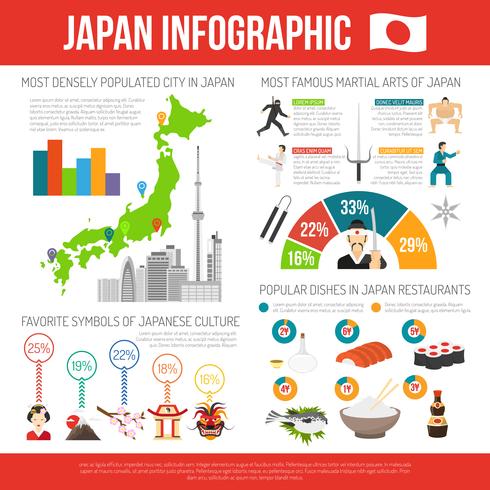The Advancement And Historic Importance Of Martial Arts Across Various Societies
The Advancement And Historic Importance Of Martial Arts Across Various Societies
Blog Article
Post Writer-Padilla Graham
Martial arts have a fascinating history that covers centuries and continents. please click the following article could locate it fascinating how ancient methods like Shuai Jiao and Kalaripayattu prepared for modern-day fight strategies. These self-controls not just emphasize physical skills however also reflect the cultures that birthed them. As steven seagal martial arts explore their advancement, take into consideration just how globalization has actually changed these standard forms right into hybrid styles. What influences do you assume have shaped today's martial arts landscape?
Ancient Martial arts: The Structures of Combat
As you explore the world of old martial arts, you'll discover the abundant structures that formed battle methods across societies. Early techniques focused on Self-Defense and survival, often incorporating strikes, grappling, and weaponry.
In ancient China, for example, techniques like Shuai Jiao highlighted tosses and joint locks, while India's Kalaripayattu showcased dexterity and fluid activity. Japanese samurai established Kenjutsu, a polished swordsmanship that highlighted self-control and method.
These martial arts offered not just for battle but also as a means of individual advancement, instilling worths like regard and determination. The blending of these methods in time laid the groundwork for the diverse martial arts you see today, each showing the unique ideologies and requirements of its society.
The Social Impact on Martial Arts Development
While martial arts commonly reflect the functional needs of a society, they also personify the social values and ideas of their beginnings. When you check out different martial arts, you'll discover just how they're influenced by religious beliefs, ideology, and social standards.
As an example, the emphasis on respect and technique in Japanese martial arts comes from Zen Buddhism and samurai culture. In contrast, Brazilian Jiu-Jitsu promotes adaptability and approach, shaped by the requirement for efficiency in a varied, modern setting.
You might find that the routines, attires, and training techniques show a community's background and identification. By recognizing these cultural influences, you strengthen your recognition of martial arts and their function in shaping human experiences around the world.
Modern Adaptations and the Globalization of Martial arts
Martial arts have changed considerably in current decades, adapting to contemporary society and worldwide impacts. You'll observe that conventional types have combined with modern-day techniques, producing hybrid styles like MMA. These adjustments satisfy varied audiences, making martial arts obtainable and enticing globally.
With the surge of social media sites and digital platforms, you can locate tutorials and competitions from all corners of the world, damaging geographical obstacles. This globalization has actually led to a common appreciation for numerous self-controls, from Brazilian Jiu-Jitsu to Taekwondo.
As you involve with these arts, you'll recognize they're not just about battle; they promote fitness, discipline, and psychological wellness.
Inevitably, contemporary adaptations have actually improved the martial arts landscape, making it a dynamic and progressing practice.
Verdict
In checking out the history and advancement of martial arts, you discover an interesting mix of methods, cultures, and philosophies. From ancient techniques like Shuai Jiao and Kalaripayattu to the modern flexibility seen in MMA, martial arts show humanity's quest for Self-Defense and personal growth. As you involve with these techniques, you not only obtain abilities however likewise a deeper appreciation for the diverse customs that form our world today. So, continue your journey and accept the art of fight!
